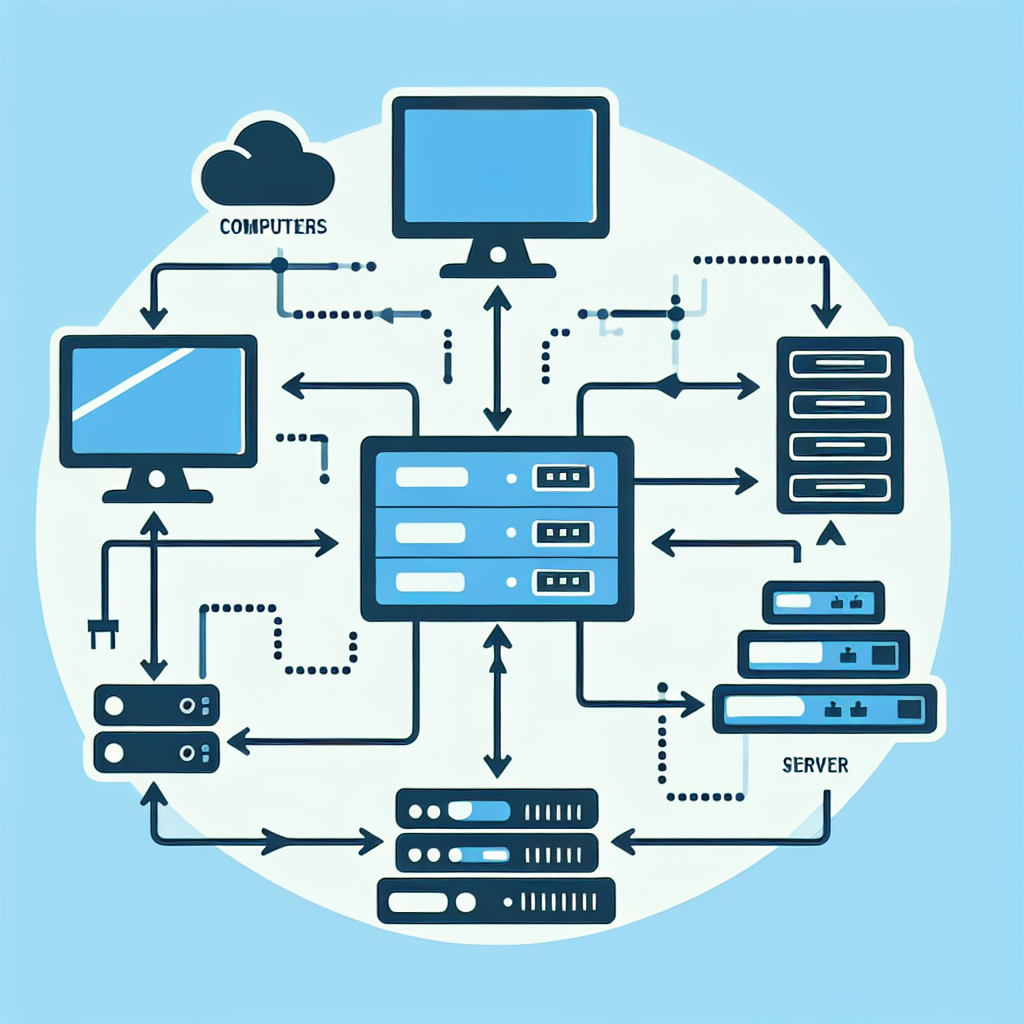Cisco is a leading provider of networking equipment and solutions, with a wide range of products and services designed to help businesses connect and communicate effectively. For those new to the world of networking, understanding the basics of Cisco networking can be a great first step in building a solid foundation of knowledge and skills.
To help beginners get started, we have put together a beginner’s guide to the basics of Cisco networking. Whether you are looking to advance your career in IT or simply want to learn more about how networks work, this guide will provide you with the fundamental concepts and terminology you need to know.
1. What is Cisco networking?
Cisco networking refers to the technologies and products developed by Cisco Systems, a company that specializes in networking and communication solutions. Cisco offers a wide range of networking products, including routers, switches, firewalls, and wireless access points, as well as software and services that help businesses connect and communicate effectively.
2. Networking basics
Before diving into the specifics of Cisco networking, it is important to understand some basic networking concepts. A network is a collection of devices, such as computers, servers, and printers, that are connected together to share resources and communicate with each other. Networks can be wired or wireless, and can be used to connect devices within a single location or across multiple locations.
3. IP addresses and subnets
One of the key concepts in networking is IP addressing. An IP address is a unique numerical identifier assigned to each device on a network, allowing devices to communicate with each other. IP addresses are divided into different classes, with each class representing a range of addresses that can be used on a network. Subnetting is the process of dividing a large IP address range into smaller subnets, which can help optimize network performance and security.
4. Routers and switches
Routers and switches are two of the most important networking devices used in Cisco networks. Routers are responsible for routing data packets between different networks, while switches are used to connect devices within a single network. Routers use IP addresses to determine the best path for data to travel, while switches use MAC addresses to direct data to the correct device.
5. VLANs and trunking
Virtual LANs (VLANs) are used to divide a single physical network into multiple logical networks, allowing for better organization and security. Trunking is a technique used to carry multiple VLANs over a single network link, which can help reduce network congestion and simplify network management.
6. Security and firewalls
Network security is a critical aspect of Cisco networking, as it helps protect sensitive data and prevent unauthorized access to network resources. Firewalls are used to monitor and control incoming and outgoing network traffic, and can be configured to block malicious activity and unauthorized access attempts.
By understanding these basic concepts and terminology, beginners can start to build a solid foundation of knowledge in Cisco networking. Whether you are looking to pursue a career in IT or simply want to learn more about how networks work, mastering the basics of Cisco networking can be a valuable skill that opens up a world of opportunities in the field of technology.


Leave a Reply